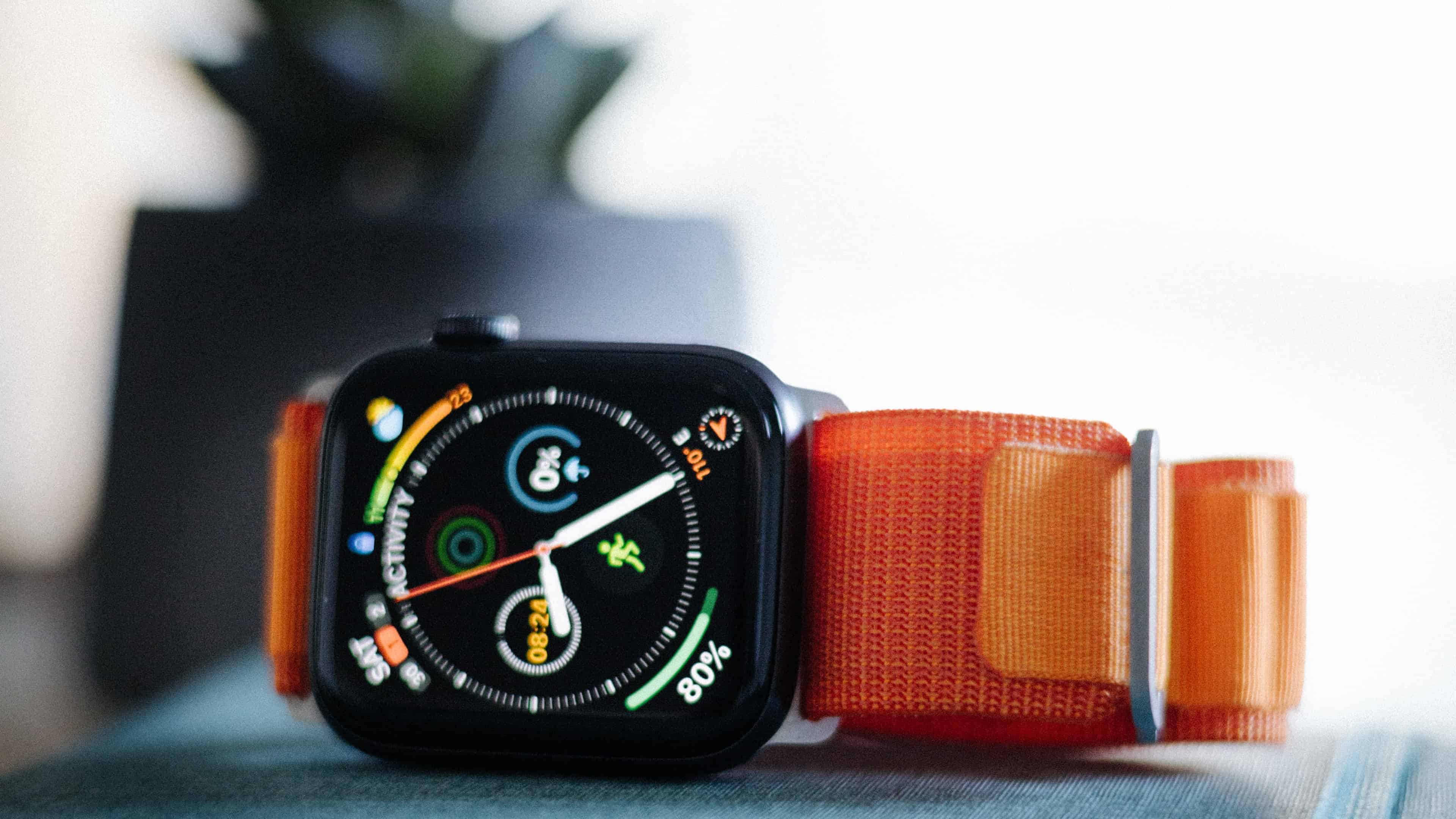[ad_1]
The Apple Watch can embrace an innovative brand-new screen modern technology called micro-LED. Right here are 5 means a micro-LED Apple Watch will be much better vs. an OLED one.
A micro-LED Apple Watch is coming?

All Apple Watch designs, consisting of the current Apple Watch Ultra, are geared up with screen panels based upon natural light-emitting diode modern technology, or OLED.
Your apples iphone are likewise geared up with OLED-based displays; the very first OLED iPads are anticipated in 2024. Currently, show expert Ross Youthful has actually asserted on Twitter that an Apple Watch including a micro-LED display will certainly show up in 2025.
Rather than old LED backlights, micro-LED utilizes a selection of very little LEDs enlightening and also creating the photo. Below are several of one of the most important advantages that micro-LED modern technology can give the Apple Watch.
Advantages of micro-LED over OLED
Micro-LEDs provide a variety of renovations contrasted to OLEDs.
1. Greater brightness
micro-LED can get to greater illumination degrees, which assists offer even more constant shade outcome compared to OLED-based displays.
2. No illumination drops
OLED panels can not maintain their top illumination for long, whereas micro-LED screens are not at risk to illumination goes down over time.
3. Less burn-in artifacts
micro-LEDs aren’t virtually as susceptible to photo retention (also known as burn-in) that their OLED equivalents are well-known for. An Apple Watch geared up with a micro-LED display rather than an OLED one need to be much much less at risk to supernatural afterimages noticeable on the display after showing fixed pictures for a long period of time– if in any way!
4, Much better power efficiency
micro-LED panels take in much much less power than OLEDs, implying a micro-LED Apple Watch need to be a lot more power reliable than the existing designs.
5. OLED-like pictures without degradation
Because micro-LEDs offer much more regional dimming areas than basic mini-LED displays, they provide a seeing experience that’s closest to OLED, allowing much deeper and also darker blacks, even more vivid and also richer shades, a lot greater top illumination and also far better comparison. As well as due to the fact that micro-LEDs are based upon a not natural product that does not degeneration as rapid as OLEDs, such displays last longer.
micro-LED vs. mini-LED vs. OLED

Make certain to differentiate micro-LED modern technology from mini-LED. Regardless of the similar-sounding names, micro-LED displays vary from mini-LED ones in regards to LED thickness. Although both innovations make use of LEDs to brighten the pixels, micro-LED makes use of extremely little LEDs (both micro-LED and also mini-LED describe backlights as opposed to screen panels, which are 2 different points).
A display comparable to that utilized in the MacBook Air may just make use of a handful of mini-LEDs to brighten the screen. Depending upon the pictures made on the display, these LEDs can go from lowered completely to completely illuminated. Various other tools may make use of a number of hundred to a number of thousand LEDs in their backlights.
Summarizing: micro-LEDs are also a lot more largely jam-packed than mini-LEDs. They can be as tiny as 200 microns, little sufficient to straight make the photo.
Do Apple tools experience flowering?
Because of that, flowering artefacts should not be as troublesome on a future micro-LED Apple Watch similar to mini-LED. Growing shows up as light blood loss, where darker locations are brightened by nearby lowering areas.
This undesirable impact appears on the 12.9-inch iPad Pro, which utilizes greater than 10,000 mini-LEDs organized right into greater than 2500 regional lowering areas.
Right here’s my experience with the flowering on the M1 #iPadPro until now. It’s extremely visible in dark space with UI aspects in addition to a black history, yet that’s the only situation where I actually observe it. It’s anticipated with this screen technology yet still disconcerting originating from OLED. pic.twitter.com/8tG1euFzqn
— Josh Teder (@JoshTeder) May 22, 2021
Apple’s support document claims regional lowering systems might experience an issue “where the severe illumination of LEDs may trigger a mild flowering impact” because of the regional dimming areas being a lot bigger than the LCD pixel dimension.
Apple recommends the iPad Pro’s Fluid Retina XDR show reduces flowering:
This screen is created to supply crisp front-of-screen efficiency with its extremely tiny customized mini-LED layout, sector leading mini-LED thickness, a great deal of separately regulated regional lowering areas and also customized optical movies that form the light while preserving photo integrity and also severe illumination and also comparison.
The Pro Present XDR is one more Apple item that utilizes mini-LEDs. The 32-inch exterior display has 576 LEDs behind its IPS LCD panel, in charge of brightening 20.4 million LCD pixels using regional dimming areas. The flowering impact is likewise noticeable on the Fluid Retina XDR screen utilized on the 14-inch and also 16-inch MacBook Pro.
.



